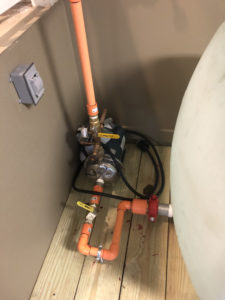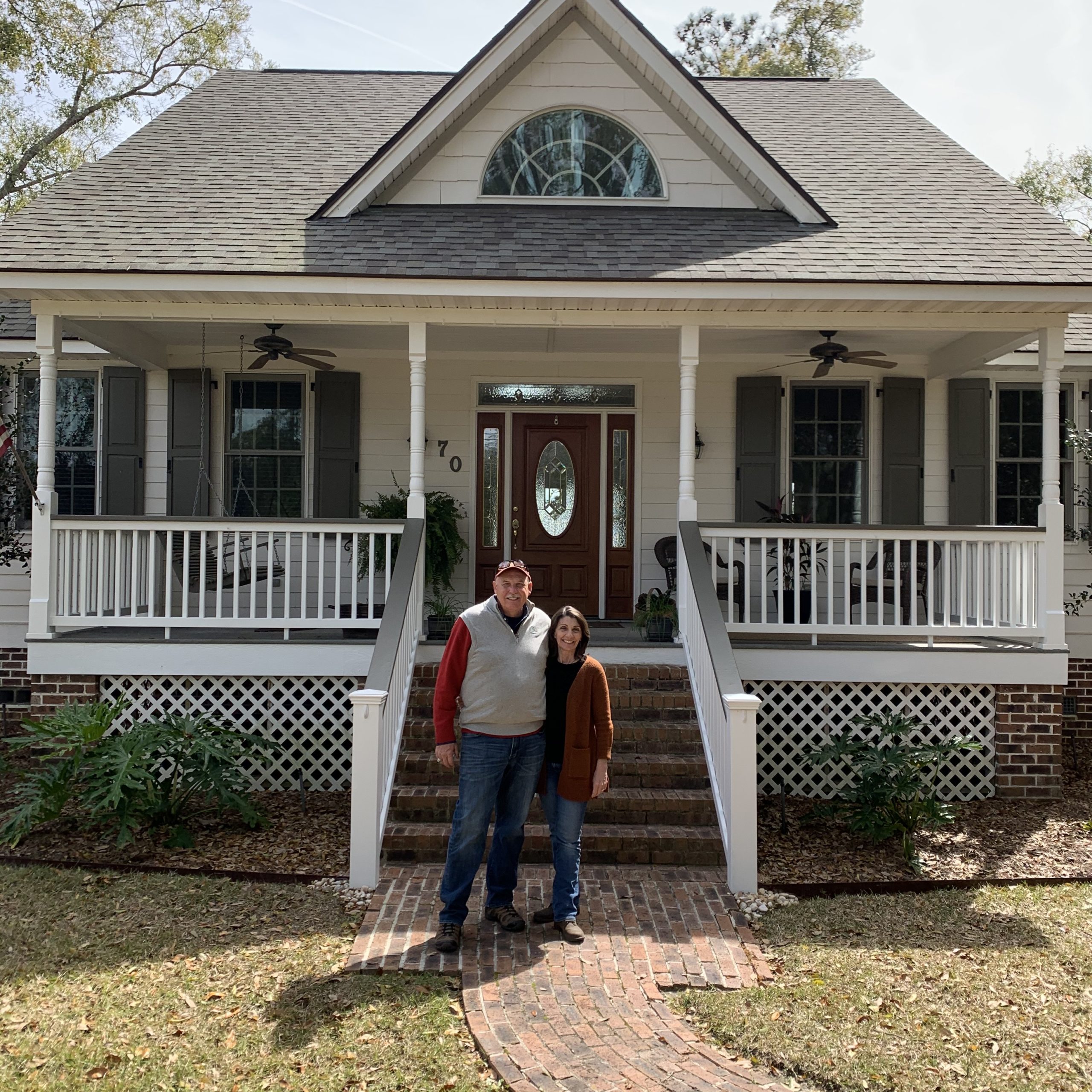On May 25, 2008, Loudoun County Fire and Rescue (VA) responded to a single-family house fire in a residential development. Keith Brower, who was the fire marshal at the time, heard the mayday call that would change his life. As firefighters entered the structure, a fireball erupted. The fire quickly went to flashover, spreading rapidly through the open construction plan from the first-floor origin up into the second floor, trapping four firefighters.
“The fire actually burned through our firefighters’ hose line, severing it,” Brower said. Although the firefighters were rescued and all survived, one firefighter was burned severely enough to force retirement.
Within hours of the fire, Brower was part of an investigative team that was assembled to perform an After Action Report (AAR) to review the details of the fire and the actions of responders. The AAR produced more than 50 recommendations that were in progress or largely implemented during Chief Brower’s tenure as Fire Chief, which began in 2010. Among those were achieving staffing levels according to NFPA 1710 and pursuing building and fire prevention code changes at the state level.
For Chief Brower, who retired in 2018 and now makes his home in Beaufort, SC, this fire and its impact has endured as an emblem of today’s persistent home fire problem. “Early in my career, we had several minutes before a house fire flashed over,” he said. “But now a home fire becomes deadly in only two minutes or less.”
According to NFPA, today’s modern home furnishings, popular open spaces and unprotected lightweight construction contribute to an increased rate at which home fires burn, causing this significant reduction in the time occupants now have to safely escape.
“The danger isn’t only to occupants when homes aren’t sprinklered; responders are at grave risk from suppression injuries as well as increased health risks from exposure,” Chief Brower adds. “That’s one of the reasons we made the decision to retrofit our house with fire sprinklers. I wanted peace of mind for my family as well as for firefighters, should they ever have to respond to a fire at our home.”
The Browers began their retrofit project in 2019, working with Wayne Automatic Fire Sprinklers, Inc. The company assessed the single-story home and determined a NFPA 13D system was feasible. Although the home is on public water, the Browers opted to supply their system with a water tank and pump. The plans were reviewed and approved by the local Building Code office. The local Inspector witnessed the pressure test conducted by Wayne Automatic and issued final approval.

Although the home is on public water, the Browers opted to supply their system with a water tank and pump.
“It feels good to be protected,” Chief Brower said. “Retrofitting is certainly not the easiest way to install home fire sprinklers, but our house shows that it can be done.” Determined to illustrate this fact, Chief Brower posted regular updates on the retrofit on social media. “The feedback I’ve had from others in the fire service is extremely positive. I hope our experience will be an inspiration for others.”
Interested in retrofitting your home? HFSC offers free information and resources on home fire sprinkler retrofitting. Contact Chief Brower for more information on his retrofit: [email protected].
